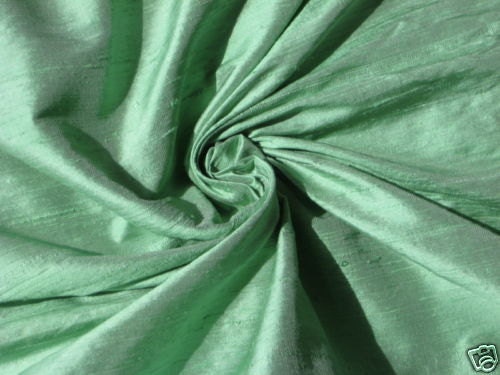There was a time when people were afraid to wash: themselves, their homes, their clothing. As a result people well, ...stank. At some point in time we discovered that by washing our bodies, our clothing and our homes we not only smelt better, we prevented disease and clothing lasted longer.
In the ballet world there was (and sad to say still is) a superstition or false belief among some that washing is bad for costumes.
Incorrect cleaning could potentially damage a costume but not cleaning, well it is simply disgusting as dancers sweat, a lot. If an item of clothing is simply hung back into storage after wearing, it can accumulate mold and bacterial growth, besides the worst b.o. imaginable.
Can and should you clean costumes?
The simple answer is yes; the more complicated answer follows.
Besides general hygiene, cleaning a costume before it is returned to storage greatly increases the life expectancy of the costumes. Sweat, oils from the skin and other bodily secretions rot fabrics, especially natural fabrics (silk, rayon, cotton). Synthetics such as polyester, nylon and acetate will also deteriorate over time when not cleaned. This is more due to the bacteria and molds that grow and feed on the sweat and skin cells than the bodily fluids themselves.
A ballet tutu is largely made up of nylon net and the pants are either nylon/spandex or cotton bobbin-net. The basque (part at the waist) can be made from silk, cotton, cotton/rayon or nylon; again all washable. Bodices can be made of a wide range of fabrics, most of which can be washed but here it can get tricky. If the fabrics were not washed before being made into the bodice they could potentially run or shrink. Often spot cleaning or dry-cleaning can be used.
To clean a ballet costume first find out what it is made of. Next if possible remove any decorations. Often decorations are applied to a plate or overlay that is tacked to the tutu and the bodice. Only Swarovski hot-fix crystals have a patented glue that is dry-cleanable.
For the tutu, soaping and then thoroughly rinsing the crotches with warm water is usually sufficient. A mild soap such as Orvus (
OrvusWA paste, purchased at the tractor supply store) or hand soap such as Ivory works well. If needed (for blood, urine or other stains) you can make a paste or soak the crotch in a product such as Biz or Oxyclean. Rarely do you need to wash the whole tutu. If you do, soak in the bath tub or a small kiddy pool. Use a minimum of soap because the tutu net works as a huge bath scrubby and produces a lot of bubbles.
Always air dry costumes and if possible expose the items to sunlight for several hours. Just sunlight will kill both bacteria and mold if given enough time. The only down side of this is that (high doses of) U.V. light will over time break down synthetic fibers such as nylon, acetate and polyester.
For spot cleaning again Orvus or
Quick and Brite work well. Quick and Brite is very good for wiping lipstick and other make-up stains off of tights and leotards.
For silk, adding a table spoon or two of distilled, white vinegar to the rinse water also helps to clean them.
 |
| Blue silk and lace peignoir from the 1930's, with original vintage buttons |
I recently was given a large number of vintage items. All had been stored in a box in a basement and they smelled of mildew. I carefully hand washed every single item using Orvus soap, luke-warm or cold water and air + sun drying. Not only are they clean and no longer smell, their colors are brighter, the fabric is crisper and they will last for many more years.
 |
| A 1970's pants suit made of Indonesian Batik |
 |
| Edwardian (1900's) black silk tulle with tambour style lace embroidery. |
Cleaning ones costumes and Vintage items is simply protecting an investment of time and money.
































